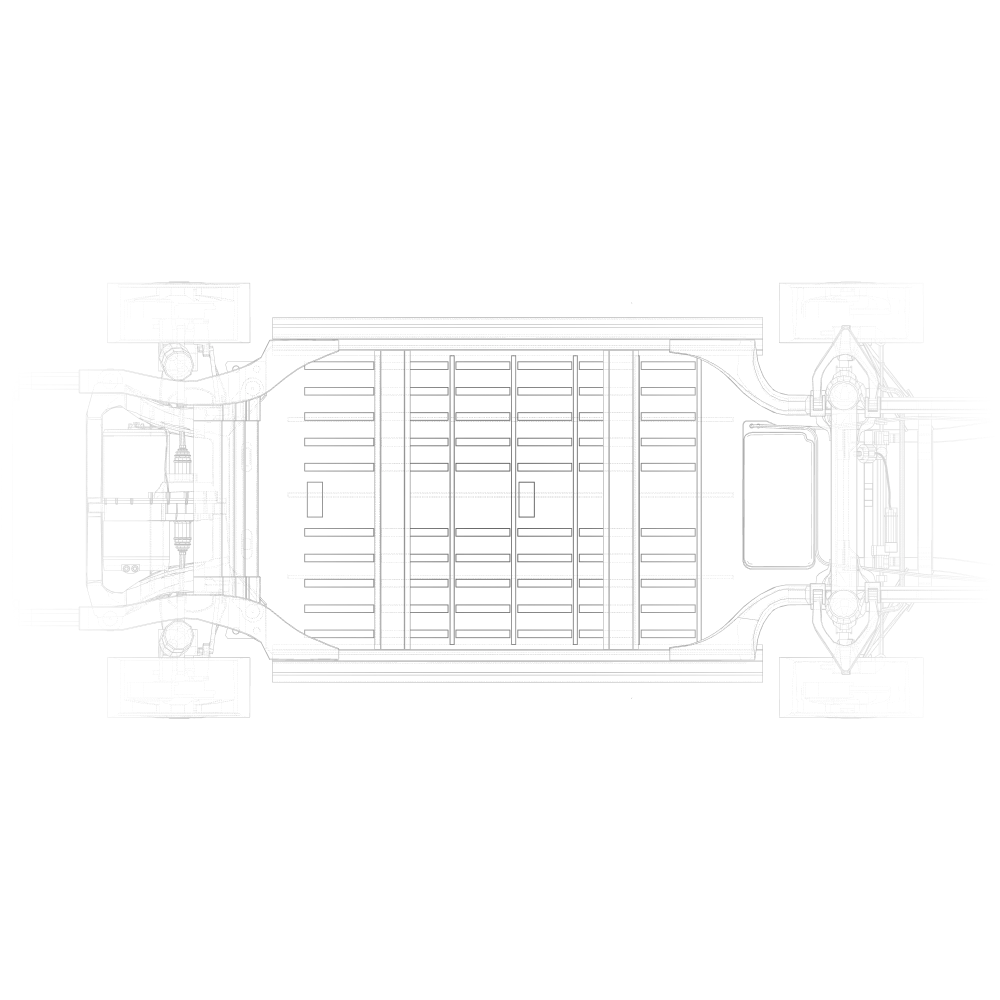“Many people wonder: Am I still going to be able to do my job in two years, in five years? Our ability to position them to be productive is very important. Our workforce program at MxD will help us with employee retraining and engagement.”
U.S. manufacturing is projected to have 3.8 million unfilled jobs by 2033. That potential gap drives MxD’s efforts to recruit talented people into the digital manufacturing field and to help workers gain new skills in a rapidly changing industrial landscape.
MxD offers benefits to its members, including online training programs to help develop a workforce that can realize the potential of digital manufacturing.
MxD’s Workforce Readiness Guides provide position descriptions, including salary ranges and qualifications, for the jobs of the future.
manufacturing jobs projected to go unfilled by 2033
of all employees will need reskilling due to adopting new technologies, by 2025
people have raised their skill level through MxD Learn
MxD Learn offers the Curriculum and Pathways Integrating Technology and Learning (CAPITAL) program of five free virtual training courses that result in certificates workers can use to land jobs and promotions. These courses teach in-demand skills, from artificial intelligence to cybersecurity.
“Many people wonder: Am I still going to be able to do my job in two years, in five years? Our ability to position them to be productive is very important. Our workforce program at MxD will help us with employee retraining and engagement.”

“When someone has a job to do and a new, unfamiliar digital tool is introduced, it can be challenging for an existing workforce to adopt the new process and advanced technology. The development of the existing workforce to accept and leverage these tools is one of the biggest challenges I see today in the U.S. workforce.”
“MxD is helping Dow identify the skills and trainings that will be required for our future workforce. Dow is using MxD’s hiring guide to create the roles within our digital operations center in which Caitlin Kelsey is a member and one of our leaders in mobility technology.”

MxD identifies companies’ future needs and develops training to upskill workers.
Workforce Readiness Guides